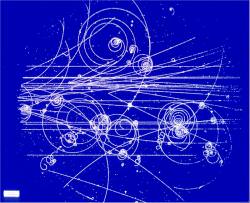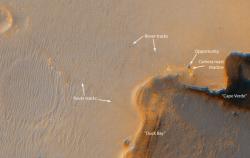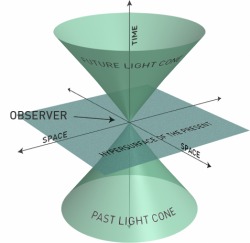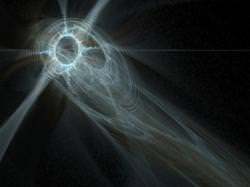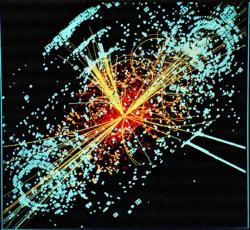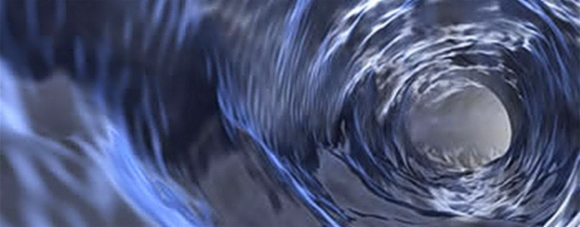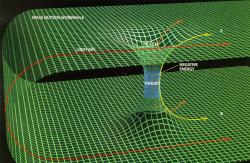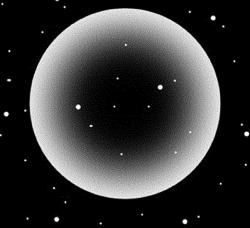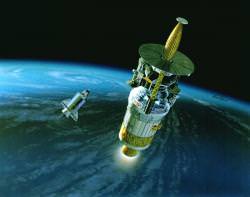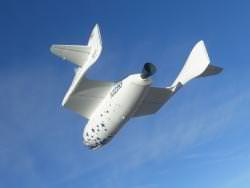UK astronomers have been dealt a serious and unexpected blow. Funding cuts to space research has stopped the nation from continuing its work at the Gemini observatories in Hawaii and Chile. The UK helped to build the 8.1 meter telescopes and have ploughed £70 million ($140 million) to date into the construction and development of the sites since the late 1990’s. In an effort to plug a £80 million ($160 million) deficit in space research funding, the Science and Technology Facilities Council (STFC) has signalled to researchers that the UK will be pulling out of the project, leaving astronomers bemused and angry.
Next month, the UK’s involvement in the multi-national Gemini project will end. After a decade of construction and research, the world’s most advanced telescopes will lose one of their most influential donors as the STFC has declared the British involvement in the project surplus to the government’s vision for the future of UK science. This decision will leave the US, Canada, Chile, Australia, Brazil and Argentina to continue astronomy without their 23.8% shareholder. The move has bewildered astronomers as the Gemini project is considered to be one of the most successful international collaborations in recent years, allowing the seven nation “science club” to observe both hemispheres’ night sky with unparalleled clarity.
“To withdraw from the state-of-the-art Gemini facilities leaves the UK ground-based astronomy strategy in disarray – some would say deliberately sabotaged.” – Professor Paul Crowther, Sheffield University, UK.
This move by the STFC highlights the recent turbulence in physics funding. After the merger of two of the largest research councils in the UK, the Particle Physics and Astronomy Research Council (PPARC) and the Central Laboratory of the Research Councils (CCLRC), the STFC was formed and inherited the unenviable task to find the money to cover the research funding deficit. New prestige facilities such as the Diamond Synchrotron, in Oxfordshire, are over-budget and the shortfall has to be found elsewhere. Requests have been made to the UK government for more funds, but the request has fallen on deaf ears. International research has therefore suffered, with more cuts in astronomy, particle physics and laser optics forecast. Jobs will be lost and the prediction is that the UK will have some of the most advanced physics research centers, but with no scientists to do the research.
The Gemini project is just one of the recent casualties during these dim times for UK physics. A campaign website outlining all the recent cutbacks by the STFC funding crisis has been set up to bring attention to the spiralling problem. The banner reads: “International Year Of Astronomy, 2009 (unless you’re from the UK*). The Universe – Yours To Discover. *All we could afford was this logo.” – STFC Funding Crisis: Astronomy.
Worrying times for the UK, and international physics as a whole.
Sources: BBC website


